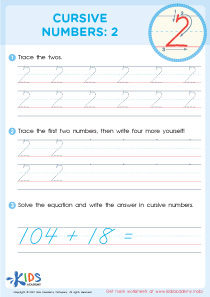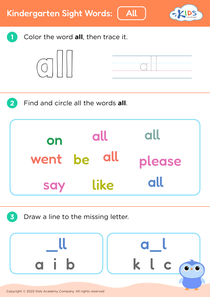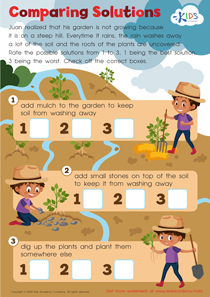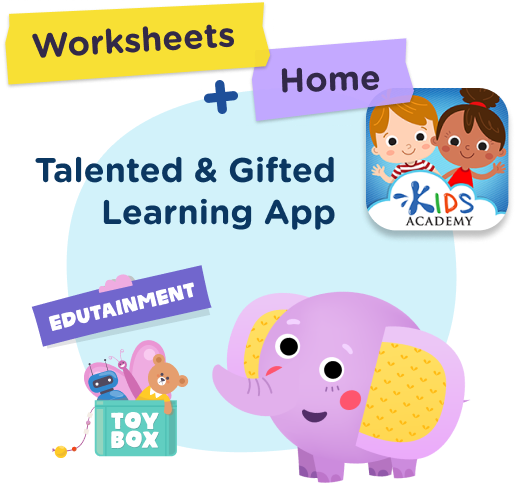Story retelling Worksheets for Kids
1 filtered results
-
From - To
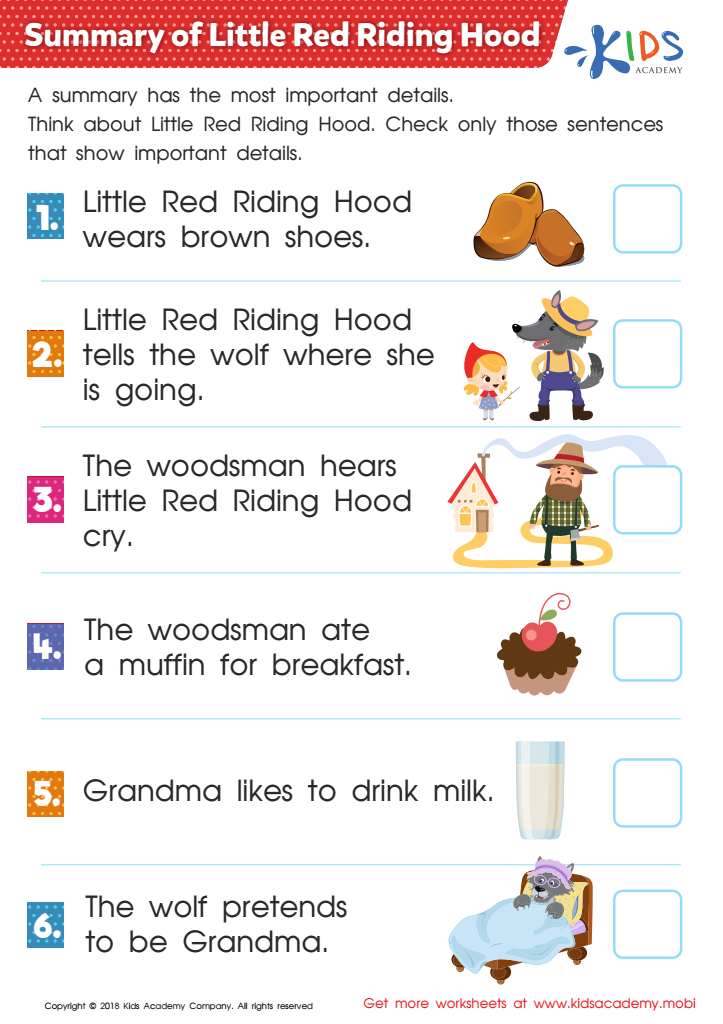

Summary of Little Red Riding Hood Worksheet
Question/Answer
How to test a Grade 1 student’s Story retelling skills?
To test a Grade 1 student's story retelling skills, read them a short, age-appropriate story. Afterwards, ask the student to retell the story in their own words, focusing on main events, characters, and the sequence of events. Pay attention to their ability to recall details, understand the plot, and how they express the story’s beginning, middle, and end.
How to train the Story retelling skill in Grade 1 students learning about Reading Fiction?
To train Grade 1 students in story retelling, start by reading aloud a short, engaging story. Use visual aids like pictures or puppets to help them remember key details. After reading, ask them to retell the story in their own words, prompting them with questions about the setting, characters, problem, and resolution.
Why is the Story retelling skill important for Grade 1 students?
The story retelling skill is important for Grade 1 students as it enhances comprehension, vocabulary, and language skills. It helps them organize their thoughts, improve memory, and develop their ability to understand and communicate narratives effectively. Additionally, it fosters creativity and imagination, critical for early literacy development and success in future reading and writing tasks.
 Assign to My Students
Assign to My Students
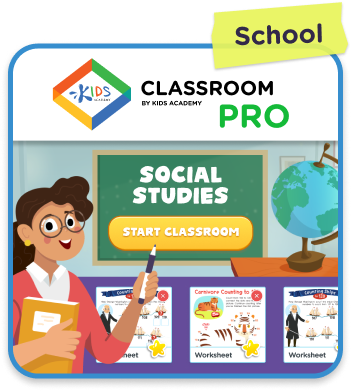
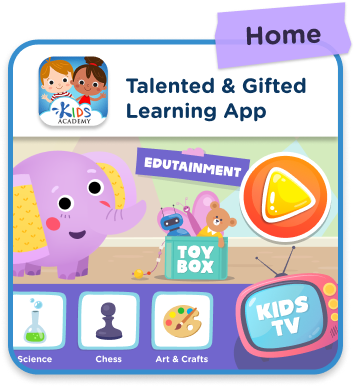





.jpg)

